
Recognizing & Combating Plant Diseases
Does your plant look sick and you want to find out what is wrong with it? You need to know that not only diseases can cause symptoms such as wilting, yellowing or dying leaves, shoots or roots. In addition to plant diseases, there are countless other reasons why your plants might show such symptoms. So before you consider a plant disease, you should take a closer look at other factors that contribute to plant health. You can find out what to look out for and an overview of the most common plant diseases in this article.
This Article Contains:
Quick Overview
Plant Disease or Other Cause of Symptoms?
- Pests, especially sucking insects, can also cause chlorosis or dying leaves
- Incorrect care, such as an unfavorable nutrient or water supply, also leads to unhealthy plants
- Poor soil conditions worsen the supply of water and nutrients
- Unsuitable location for cultivated plants or too little space and thus competition for resources lead to undersupply of individual plants or the entire crop
If you have ruled out these causes, your plant has probably been infected with a plant disease. Depending on where the symptoms occur, there are a variety of diseases that can be considered (an overview of the most common ones can be found at the bottom of the article). Find out which disease you are dealing with before you take action!
Plant Disease or Pest Infestation?
Before you treat your plants, you should be sure which pathogen you are dealing with. Otherwise you may take inappropriate measures that may not help. Chlorosis can also be caused by sucking pests such as aphids. Damage symptoms, especially on the leaves, can therefore also be caused by so-called pests!
To make sure that no animal pests are the cause, you should therefore examine them thoroughly. As many pests are microscopic and can hardly be seen with the naked eye, you should use a magnifying glass. Look thoroughly at all parts of the plant, but especially on the undersides of the leaves and in the leaf axils.
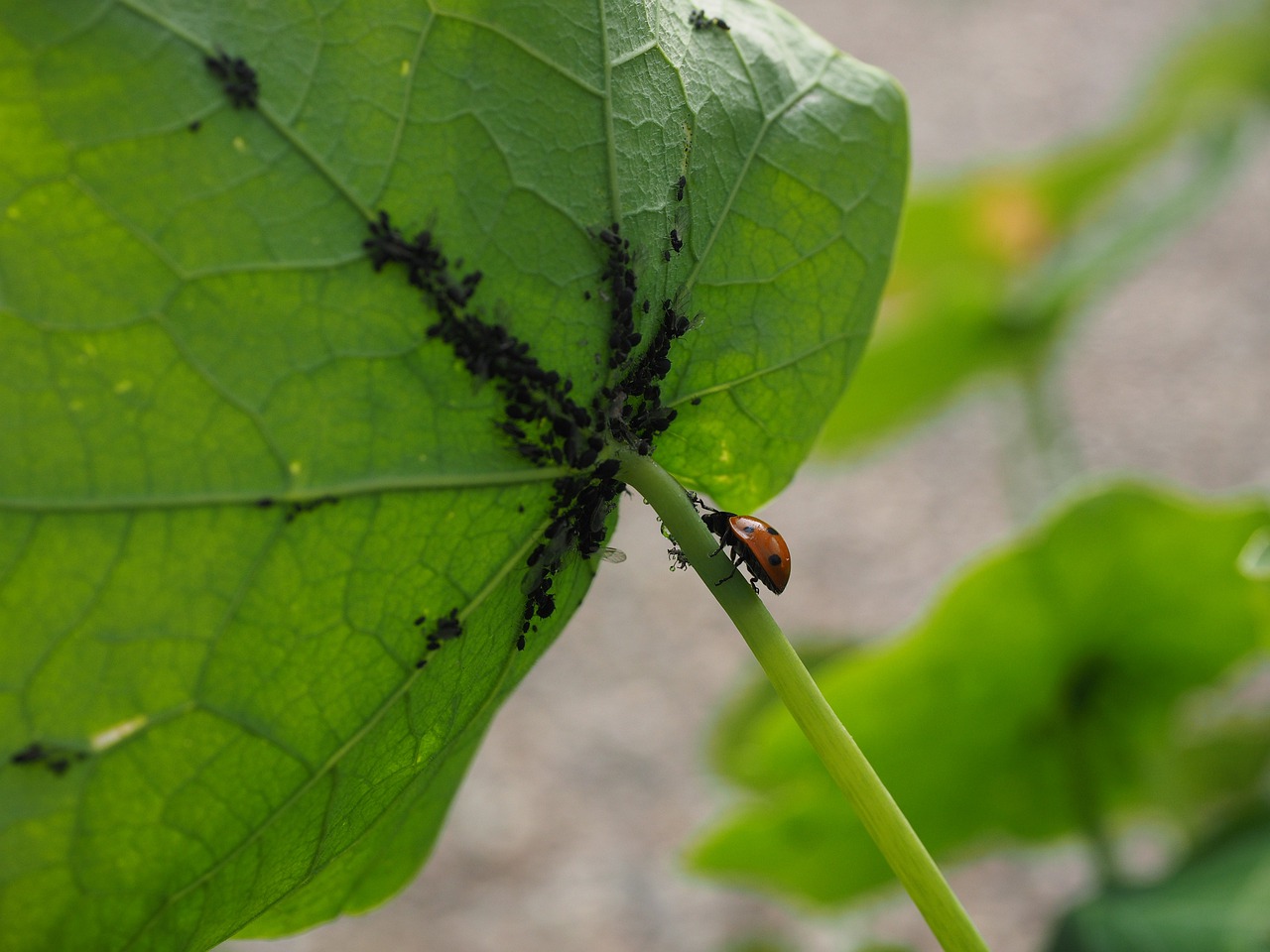
In addition, other plant diseases may be transmitted by sucking pests. Viruses in particular are spread in this way. If you discover pests, keep your eyes open for signs of a virus infection such as the yellow mosaic virus.
Incorrect Care of Your Plants?
In the case of an infestation with pests or diseases, the symptoms usually start on a few plants first. Over time, they spread throughout the bed and gradually infect other plants.
If environmental influences or incorrect care are the cause of unhealthy-looking plants, this usually affects many individuals in the bed. So if you discover large-scale problems with the growth or development of your protégés, you should take a close look at the conditions in your bed, the needs of your cultivated plants and your care habits. Below we give you an overview of the care mistakes that can cause illness.


Learn More About Common Plant Diseases
We have created an overview of common plant diseases and explain how you can get rid of them. If the symptoms on your plant do not match a disease in the article, you may find out what your plant has here.
Read More NowPoor Nutrient Supply
- Nutrient deficiency: Plants develop typical deficiency symptoms depending on the nutrient. You can find out more about nutrient deficiencies and an overview of the most important plant nutrients in the article on this topic (this article will follow soon).
- Excess nutrients: Poor root growth; mainly above-ground parts of the plant grow; plants become more susceptible to diseases (especially fungal diseases!)
An unfavourable supply of nutrients is not only related to fertilization, but also to soil conditions. Nutrient availability depends on the soil texture and structure as well as soil health. Depending on the soil conditions, you can take measures to improve the soil and at the same time improve the nutrient availability in the soil. The No Dig Method, in which you pile up organic material without digging up and disturbing the soil, gives you a particularly healthy and fertile soil.
The water supply also plays a role, as many nutrients (especially nitrogen) are transported to the plant roots by the mass flow of water. In dry conditions, plants therefore have a hard time getting nutrients and react by growing more roots (less above-ground growth and therefore slower development of your crops).
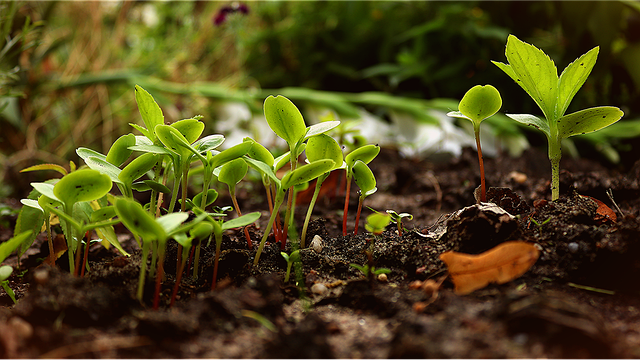
Irregular Water Supply
- Drought: leaves curl up; some plants react with spontaneous leaf fall; chlorosis or dying leaves; leaves dry out starting from the leaf edge; similar to nutrient deficiency symptoms (especially nitrogen!)
- Waterlogging: root rot; wilting leaves, later leaves and plant die completely; later infection with root diseases possible due to root rot
The soil structure also contributes to water availability. Soil compaction, for example, leads to an unfavorable water supply. On the one hand, heavy compaction acts as a barrier for the roots and the plants cannot reach deeper-lying water. On the other hand, the water that gets into the soil through rain or watering cannot drain away well and waterlogging can occur. A poor water supply can therefore not only be due to watering habits, but also to the soil structure.
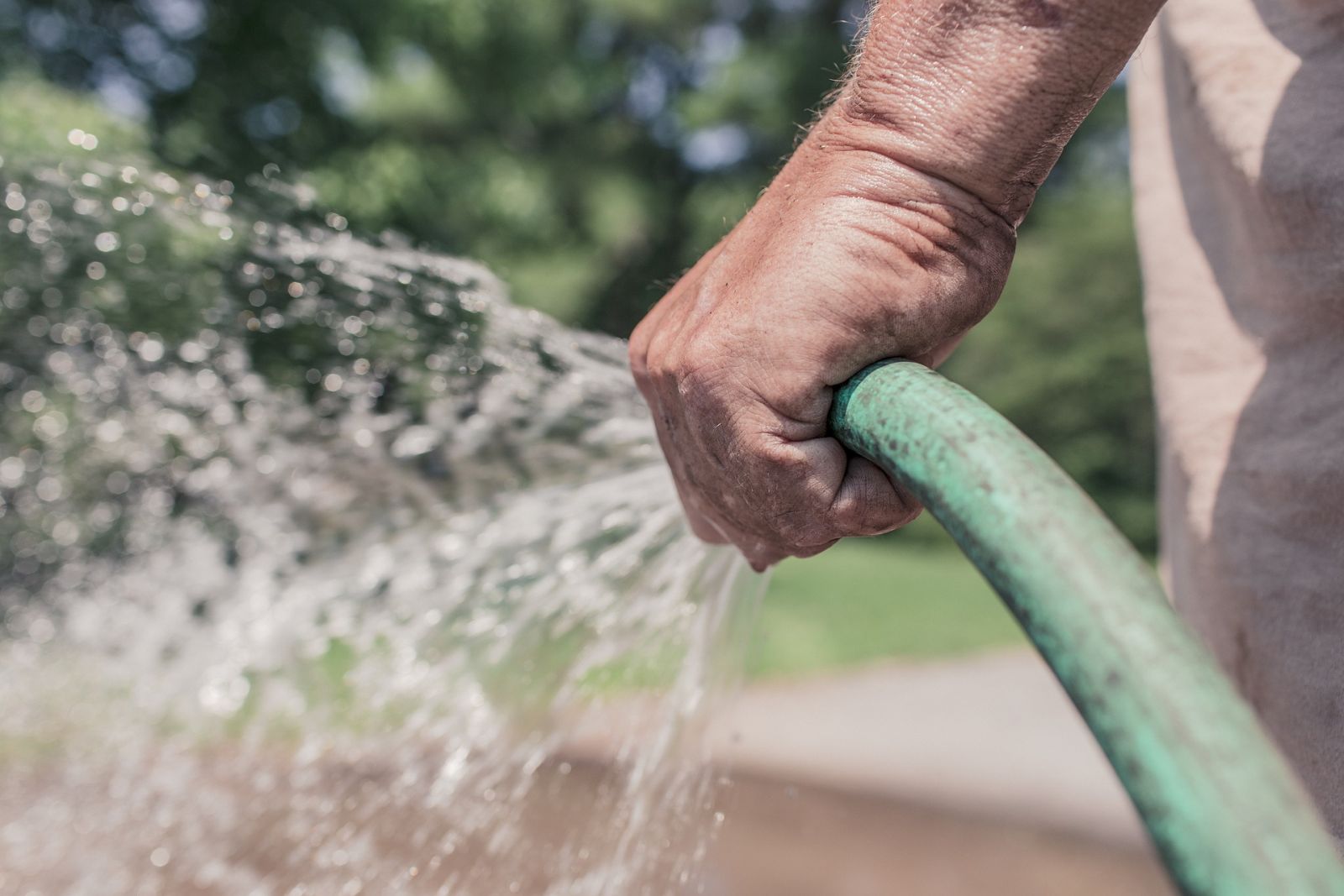
Suitable Location?
Last but not least, you should take another close look at your bed planning. You can use the following questions as a guide:
- Do the plants in the bed have enough space to grow? Every plant needs a certain amount of space in order to have enough light, water and nutrients available. There are planting distances that you can use as a guide. You can usually find these planting distances on the seed packaging. Here you will also find tips on the correct care of numerous cultivated plants. If you fall below these minimum distances, competition for resources and therefore disease can occur. Strong individuals will prevail, which means that others will inevitably lose out and suffer from shortages. In addition, aeration in the crop is poor, which gives fungal diseases such as mildew a better chance.
- Are the soil conditions in my bed good for the crops? Every crop has its own preferences, which are based on its natural location. Most cultivated plants thrive in a Humus-Rich, Well-Aerated, Medium-Heavy Garden Soil. As already mentioned, soil conditions are very important for healthy development and you should improve your garden soil if necessary.

Recognizing and Combating Plant Diseases
Can you rule out the other causes of your plants' symptoms? Then your plant has probably been infected with a disease. Below you will find an overview of the most common plant diseases in the garden. Depending on where the symptoms occur, there are leaf, shoot or root diseases.
The most common leaf diseases: Powdery mildew & Co
- yellow mosaic virus
- gray mold/ gray rot
- curl disease
- Late Blight and Brown Rot
- Powdery and Downy Mildew
- rust fungi
- scab
- star sooty mold/black spot disease
If you are unsure which plant disease your plant is infected with, you can find an Overview of the Most Common Leaf Diseases and Their Symptoms here.

Common Plant Diseases on Shoots
- monilia top drought
- fire blight
- fruit tree canker
- shoot dieback
To find out which shoot disease your plants have, here is an overview of the Most Common Shoot Diseases in Plants and how you can recognize and combat them!
Widespread Root Diseases
- root rot (can have various causes, not just plant diseases)
- verticillium wilt fungus (also known as fall-over disease)
- root blight
You can find an Overview of Root Diseases and their symptoms in the related article.
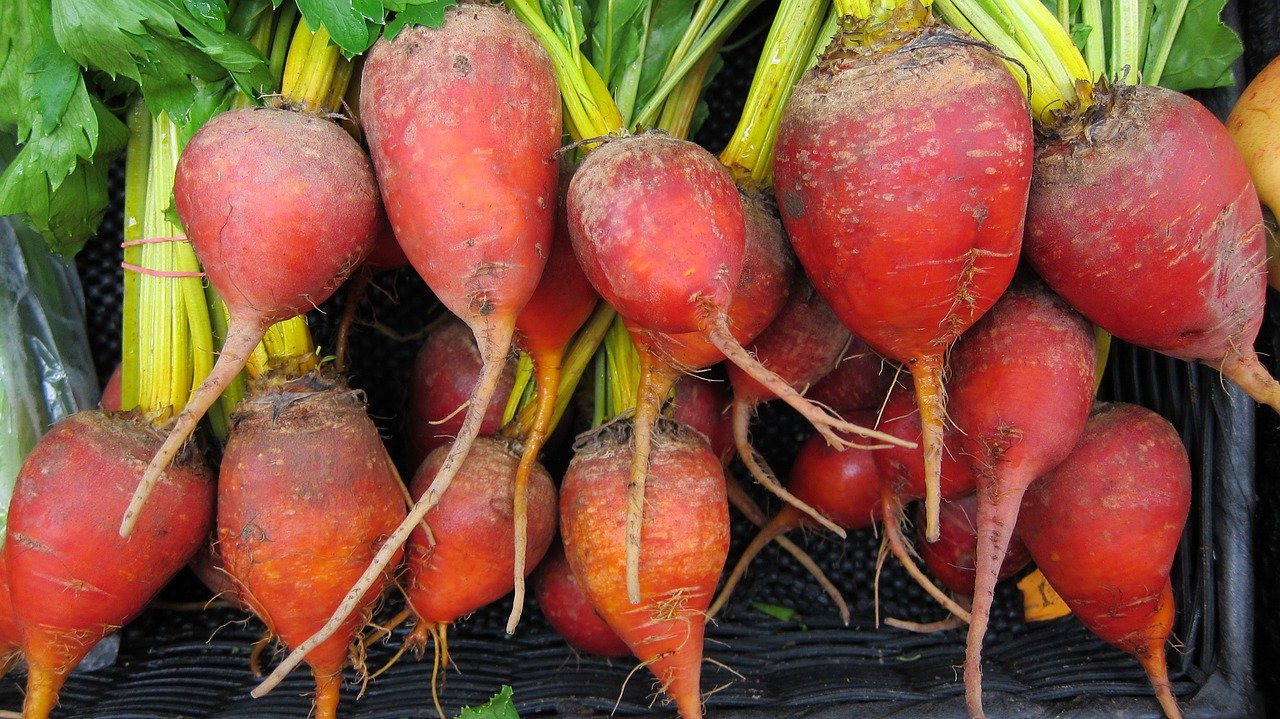
Fighting Plant Diseases
Most plant diseases are caused by biotic pathogens. Fungi, bacteria and viruses infect your plants and make them sick. However, it is most often fungal pathogens that cause diseases in the garden.
An infection with bacteria or viruses is difficult to combat. These plants are often doomed to die and you can only act quickly to remove affected plants and stop them from spreading. However, there are some effective natural remedies for treating fungal plant diseases such as mildew. These include plant dips and teas such as Nettle Slurry or Horsetail Tea. However, these remedies only have a limited effect and you need to start treatment at an early stage of the disease. Otherwise, it is difficult to combat plant diseases naturally.
Preventative plant protection is therefore the most effective way to keep diseases away and prevent them from establishing themselves in your beds.
Preventing Plant Diseases
In order to garden sustainably, you should avoid using synthetic chemical pesticides to combat diseases. Instead, it is important to prevent diseases and thus protect your plants. These measures will help you do this:
- Strengthen plants: You can naturally strengthen your plants with plant strengthening agents such as plant juices, compost tea and the like. These products are particularly effective against fungal diseases. You can read more about this topic in our article. Here you can find more Tips on Preventive Plant Protection for Strong Plants Without Chemicals.
- In addition to plant strengthening agents, there are even more ways to have healthy plants in the bed without chemicals. You can find more information and Tips on Organic Gardening in the article on this topic.
- Good hygiene in your garden: To limit the spread of diseases, you should clean your garden tools regularly (especially after you have cut an infected plant). The same goes for flower pots, climbing aids and the like: after each season, you should clean everything thoroughly before storing it. To prevent fungal diseases that overwinter in the foliage (e.g. apple scab), you should remove the foliage of infected plants; check your plants regularly for diseases or pests on the upper and lower leaf surface; if necessary, remove infected plant parts generously and dispose of them in the household waste
- High-quality seeds: To effectively prevent diseases, it is best to choose organically produced seeds. This is because pathogens can already be lurking in the seeds, which can then infect other crops in your bed.
If you have any questions or comments, please write to us at [email protected].
Would you like to receive helpful gardening tips all year round and plan your own beds optimally? Then register here or download the Fryd app for Android or iOS.
Fryd - your digital bed planner
Cover picture by Rene Wadas on Pixabay

Marie
Marie is an agronomist. She is particularly interested in the sustainable and organic cultivation of vegetables and other plants. In her own garden, she gained experience and likes to try things out to learn from nature. She is particularly interested in the values and principles of permaculture, in order to contribute not only to the well-being of nature, but also to the well-being of people and future generations.
Learn MoreCurrent Topics in the Community
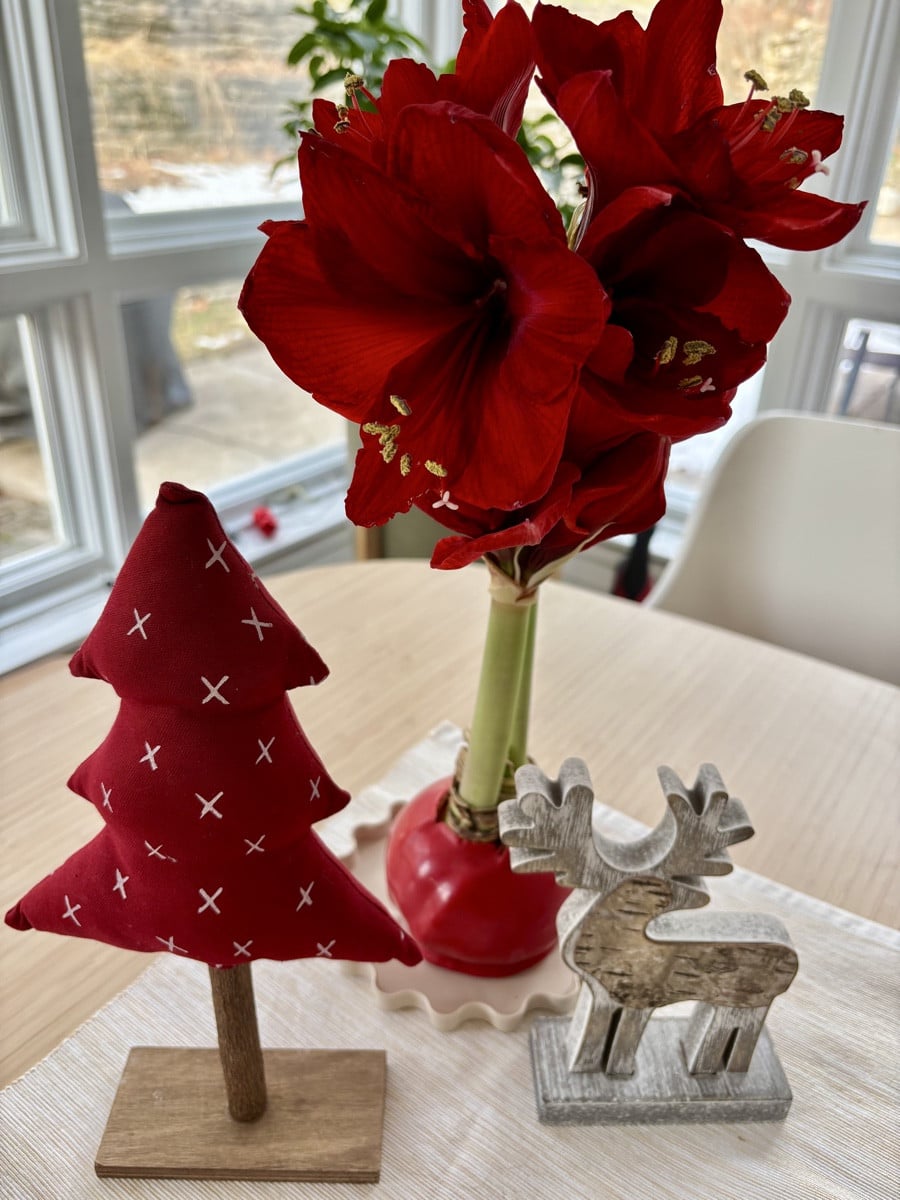
Liked 2 times
Have a relaxing and happy festive season! Looking forward to the upcoming gardening season here in the community 😊⭐️🎄✨

Liked 2 times
The chickens are not happy about the cold weather.
Show 1 answer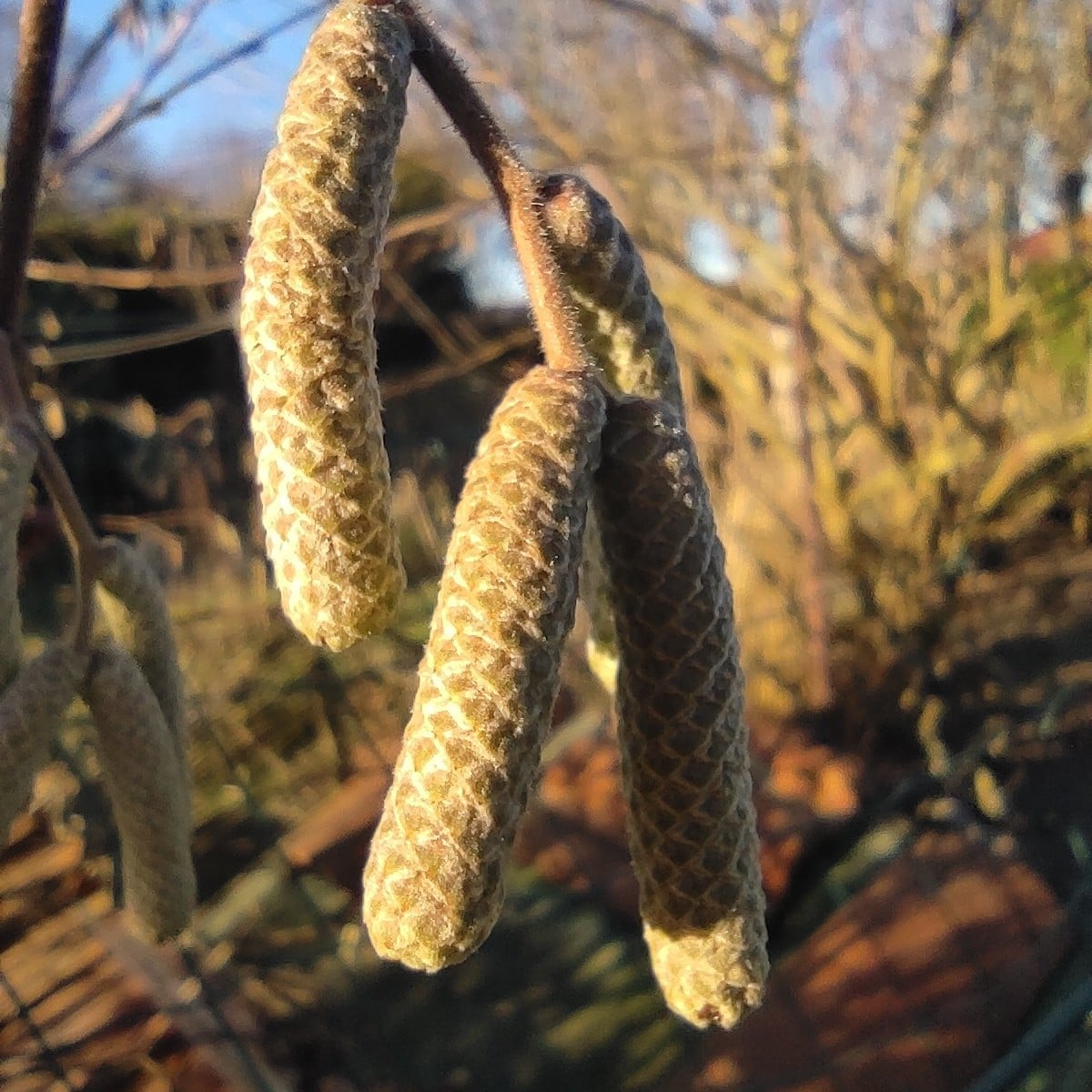
Liked 1 times
Without words
Show 1 answerPopular Articles

Overwintering Parsley: How to Do It Successfully

How to Grow Lettuce in Winter: Varieties, Sowing, Harvesting

Growing Sage Plant: Tips for Sowing and Harvesting

What Herbs Can Be Planted Together?

Create & Design a Permaculture Garden

Overwintering Plants: Tubs, Pots and Raised Beds

Pruning, Fertilizing & Propagating Currants: Care Tips

Pruning Raspberries: How to Do It

Vegetable Garden With Greenhouse: How to Use Greenhouse Effect

Winterizing Beds and the Garden: How to Do It
FAQ
What causes can cause symptoms in my plants?
In addition to diseases and pests, inappropriate and incorrect care, poor soil conditions or an unsuitable location can also lead to symptoms on your plants. First rule out all other causes before concluding that there is a disease.
Plant disease or pest infestation?
Inspect your plants carefully and look closely at all parts of the plant. Pests are often found on the undersides of the leaves and in the leaf axils and are often responsible for damage symptoms on the leaves.
If environmental influences or incorrect care affect your plants, this often affects many individuals in the bed. In the case of an infestation with pests or diseases, the symptoms usually start on a few individuals first and then spread.
Have I chosen the right location?
To find out whether you have chosen the right location, you need to know what conditions your plants need to grow. Determine whether your plants have enough space and light and whether the climatic conditions are suitable.